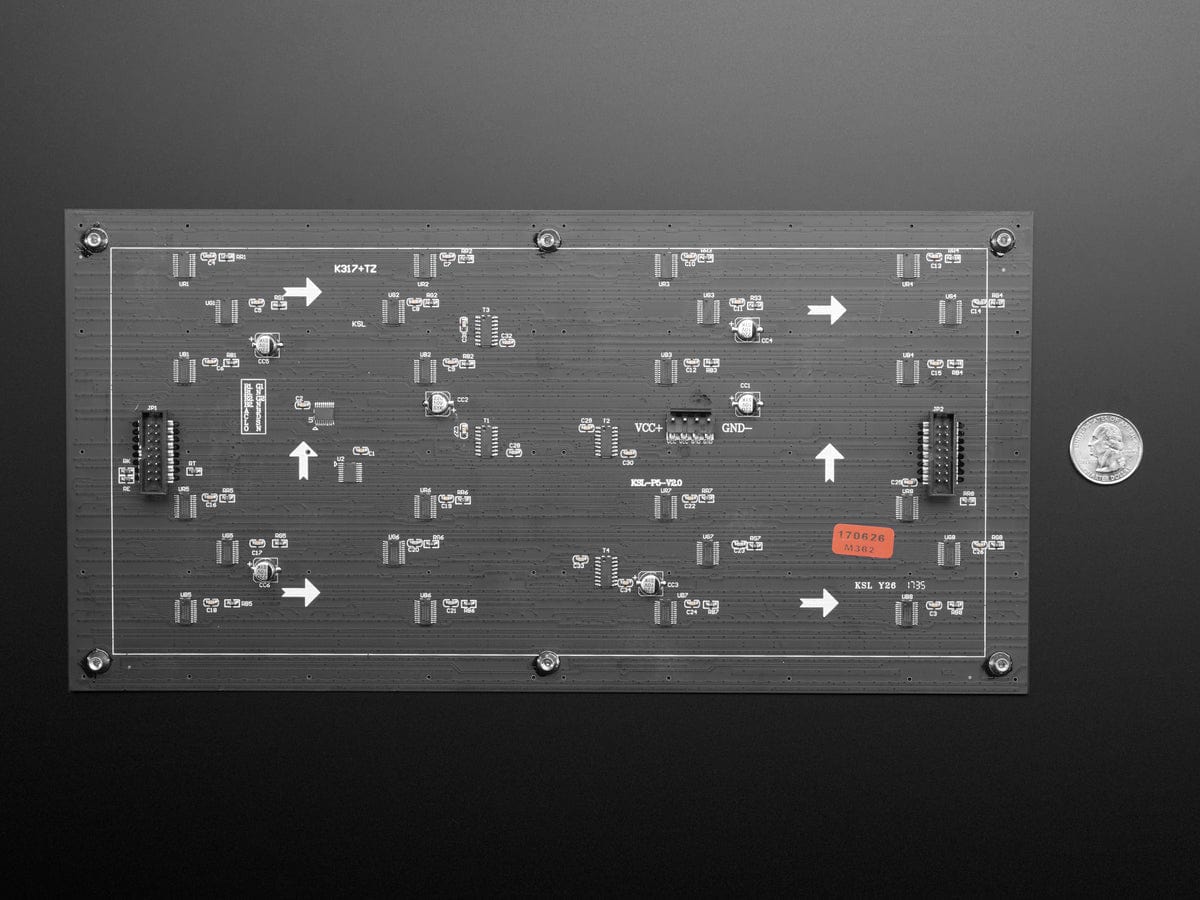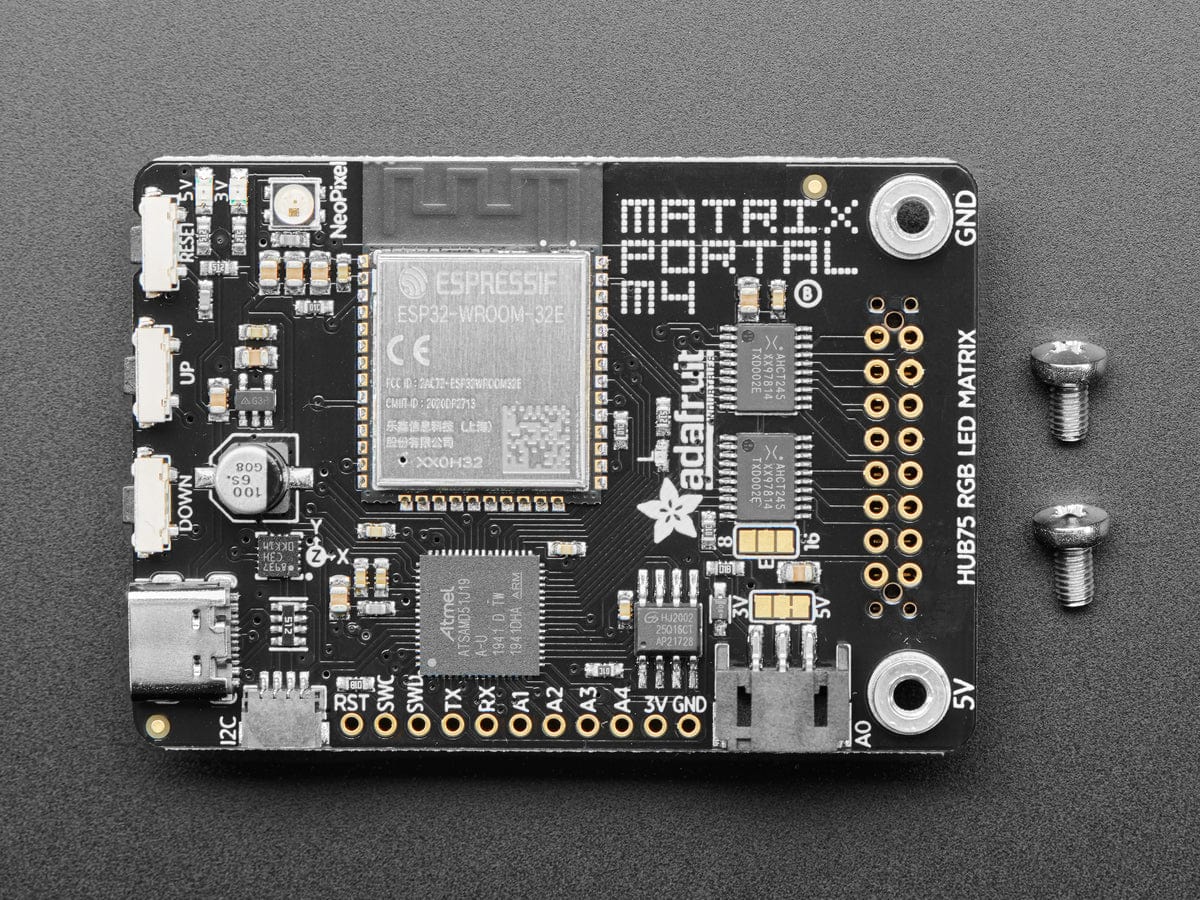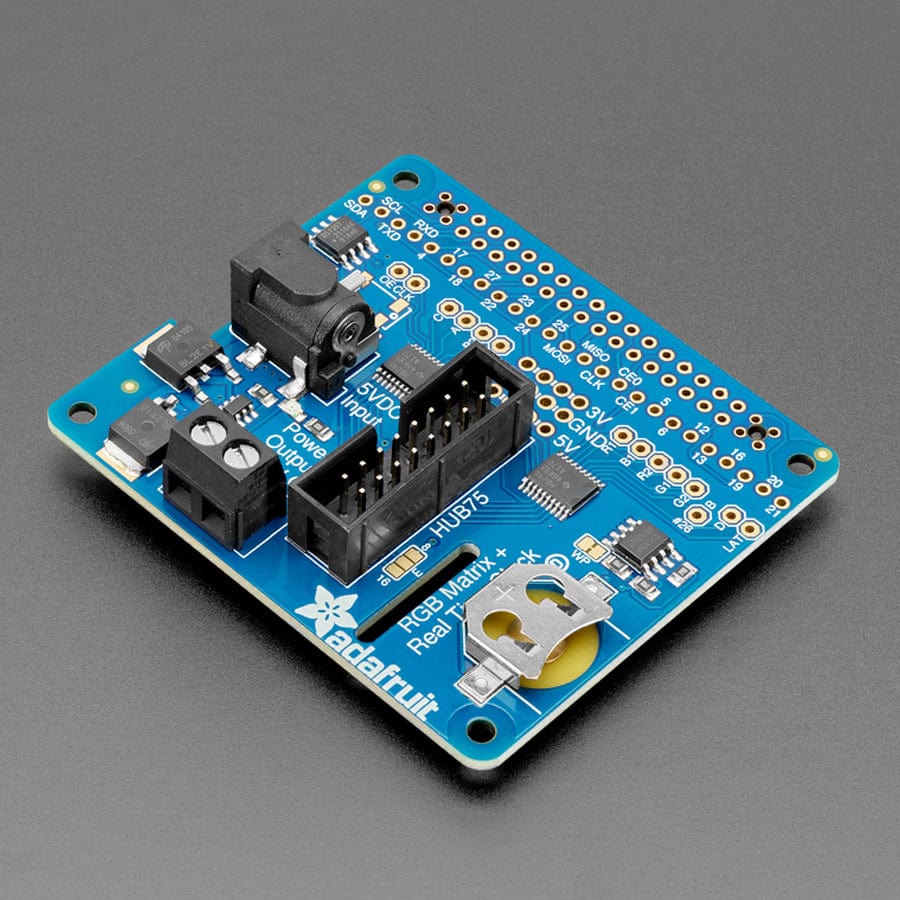



Login / Signup
Cart
Your cart is empty




If you've played with multiplexed RGB matrices, you may have wondered "hey, could we possibly manufacture these on a thin enough PCB so it's flexible?" and the answer is Yes! his LED panel is just like rigid 64x32 style ones, but without the plastic supports. This matrix has a thin, bendable PCB backing that can be gently bent and curved around surfaces.
Please note: Flexible PCBs are not designed for repeated flexing! While we think this product may work in wearables or architectural lighting, or other situations where the matrix is bent around, we do not offer any guarantees or refunds if you end up cracking the LEDs or traces! This is for advanced makers only, who are comfortable with the high current requirements and protecting the matrix from damage. There are no returns, refunds or replacements for damaged product. You cannot cut these panels into custom shapes as data/power lines run through the entire body of the PCB.
This version is the 5mm pitch 64x32 Flexible RGB LED Matrix. Please note you cannot use an Arduino UNO to drive this size, its way too big! Use an Arduino Mega, Raspberry Pi, BBB or other device that can handle displaying to RGB matricies and has plenty of RAM.
This matrix has 2048 bright RGB LEDs arranged in a 64x32 grid on the front. On the back there are two IDC connectors (one input, one output: in theory you can chain these together) and 12 16-bit latches that allow you to drive the display with a 1:16 scan rate.
These displays are technically 'chainable' - connect one output to the next input - but our Arduino example code does not support this (yet). You're best off using a Raspberry Pi or other fast computer that can drive RGB matrices.
These panels require 13 digital pins (6 bit data, 7 bit control) and a good 5V supply, up to 4A per panel. We suggest our 4A regulated 5V adapter and then connecting a 2.1mm jack. Please check out our tutorial for more details!
Comes with:
Keep in mind that these displays are designed to be driven by FPGAs or other high speed processors: they do not have built in PWM control of any kind. Instead, you're supposed to redraw the screen over and over to 'manually' PWM the whole thing. On a 16 MHz Arduino Mega, we managed to squeeze 12-bit color (4096 colors) with 40% CPU usage but this display would really shine if driven by any FPGA, CPLD, Propeller, XMOS or other high speed multi-core controller. The good news is that the display is pre-white balanced with nice uniformity so if you turn on all the LEDs it's not a particularly tinted white.
Of course, we wouldn't leave you with a datasheet and a "good luck!" We have a full wiring diagrams and working Arduino library code with examples from drawing pixels, lines, rectangles, circles and text. You'll get your color blasting within the hour! On an Arduino, you'll need 16 digital pins, and about 3200 bytes of RAM to buffer the 12-bit color image.
Please note:
Product Dimensions: 320.0mm x 160.0mm x 13.0mm / 12.6" x 6.3" x 0.5"
Product Weight: 93.0g / 3.3oz
















